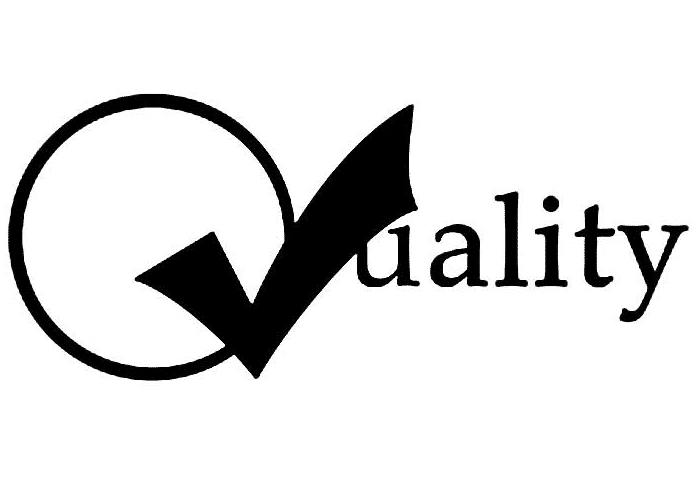To support the business plan of your company, quality control is significant. What are the methods of quality control? In this article, we’ll explore what is quality control and types of quality control in manufacturing.

What is Quality Control?
Quality control refers to the operation and measures taken to meet the quality requirements, or the process that a business to maintain or improve product quality. ISO 9000 defines quality control as “A part of quality management focused on fulfilling quality requirements”. Quality control involves testing units and determining whether they are within the desired specification. By monitoring the product fabrication and inspection process, quality control can eliminate the factors that cause unqualified or unsatisfactory results in all stages of the production cycle, so as to achieve the requirements and obtain economic benefits. Its goal is to ensure the quality of products or services.
Types of Quality Control in Manufacturing - Quality Control Methods
There are lots of different ways of quality control, it is about training personnel, testing products to check for statistically variations, creating benchmarks and rules for your team to follow to deliver on the promises you make to the customers, marketplace and industry, they might be the delivery times, quantities, the scope of services, the types of products, and all the different features of the products or services.
Training
Training is a great way to control quality and an important component used to support a quality management system. Training is necessary to ensure the quality of product or service. Both ISO 9001 and ISO 9002 standards state: “The supplier shall establish and maintain documented procedures for identifying training needs and provide for the training of all personnel performing activities affecting quality”, and “Personnel performing specific assigned tasks shall be qualified on the basis of appropriate education, training and/or experience, as required”. The employee groups who directly impact the quality management should first take the training topic, such as frontline employees, operation managers, sales managers, and product developers.
Practicing
We need to have systems, processes, policies and procedures in place or instructions to follow, we need to assemble the ingredients, follow a recipe and put all that in place, so practice makes perfect quality control. Practicing focuses on the prevention of mistakes and defects during the manufacturing process.
Inspections
One of the most important of quality control is inspection, which is defined as a process used for controlling and checking the quality of product to the laid standards. Quality inspection separates the defective components from non-defective ones, so a defective product will not reach the customer. It also prevents further work and helps the companies to sustain their reputation by maintaining the quality standards. Quality inspection or quality check involves various stages and processes, it is including inspection of incoming material, inspection during manufacturing, mechanical and metallurgical inspection, tool inspection and finished good inspection.
Planning
Planning is probably one of the most effective ways to control quality, there is a really simple principle to remember is who, what, when, where, and how. It involves what do we want to achieve, who is going to do it, when are they going to do it, where are they going to do it, and how are they going to do it. Following ISO 9001, gives you a framework to build out a management system that follows the business plan for the organization, and follows the marketing plan, sales plan, and strategic plan. It starts to build out a set of rituals or routines.